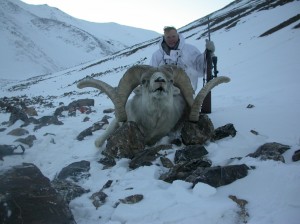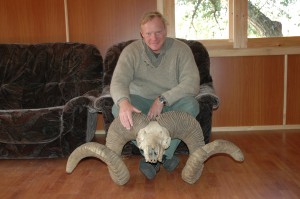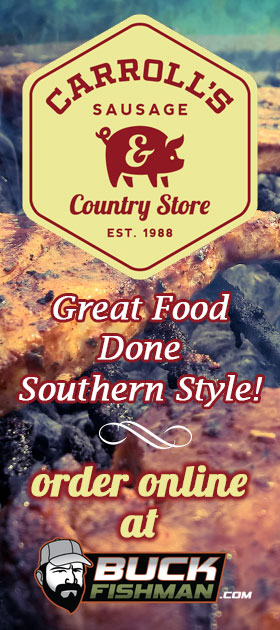Rate: Marco Polo's Argali: King of the Wild Sheep
Other Articles by Craig Boddington:
- .338 Marlin Express: Best Lever Ever, A new Demension in lever action versatility
- .416 Revolution: Obscurity to popularity…with lots of choices
- A Really Big Mule Deer
- Africa's Toughest: Lord Derby's Giant Eland: Heat, Sweat, and Sometimes Tears
- Africa’s Whitetail, The Bushbuck: Lots of class, plenty of challenge!
- African Game Profile: Nile Crocodile
- African Game Profile: The Greater Kudu Why the “Grey Ghost” is Africa’s most-sought trophy
- America's Earliest Deer Season
- America's Favorite Cartridge in Africa: The great old .30-06 is perfect for plains game
- America’s Tough One: Desert Sheep, It’s All in Getting the Tag
- Awesome Ammo
- Bear Country
- Chamois: The Smallest Goat: Don't Underestimate this one!
- Classic Cartridge: .264 Winchester Magnum: Once a star, now almost forgotten—but still pretty cool
- Classic Cartridge: .270 Winchester, Jack O'Connor had it right!
- Classic Cartridge: .280 Remington
- Classic Cartridge: .300 H&H Magnum: No longer popular, but a long way from obsolete
- Classic Cartridge: .300 Winchester Magnum, The cartridge for all seasons
- Classic Cartridge: .35 Whelen, Gain without Pain
- Classic Cartridge: .375 H&H, The ultimate jack-of-all trades
- Classic Cartridge: 7mm Remington Magnum
- Classic Cartridge: The .300 Weatherby Magnum
- Classic Cartridge: The 7mm Mauser- Mild, Effective, and going Strong since 1892
- Getting Your Goat: Not the same as getting sheepish!
- Great Game Animals: The Hump-Backed Bear
- Hog Nation: American hunters have gotten piggish, ain’t it great?
- Ibex: The poor man's mountain hunt
- Let’s go Pig Hunting
- Marco Polo's Argali: King of the Wild Sheep
- More Whitetail Lessons
- My Favorite (NEW) Magnum: Of them all, the .270 WSM is the one I like best
- Notes on Choosing Scopes: One size doesn’t fit all, so choose wisely.
- Optical Sight Options: When is a scope not a scope?
- Prairie Mule Deer:
- Red Stag: A Universal Deer?
- Scope Reticles
- Scopes or Iron Sights? Scopes are usually better…but Iron Sights Aren’t Dead
- Swamp Buffalo
- The African Lion
- The End of The Three Amigos?
- The Magnum .30 Caliber: Versatility Champions
- The Modern Sporting Rifle
- The Power of the Curl: So, just what is this thing about sheep hunting?
- The Ruger Compact Magnums: Packaging Plus Performance
- Theres something about the 6.5mm
- Turkey Season
- When the Rut Shuts Down
- You Have To Apply: Our tag drawings work…if you stick with them!






Comments